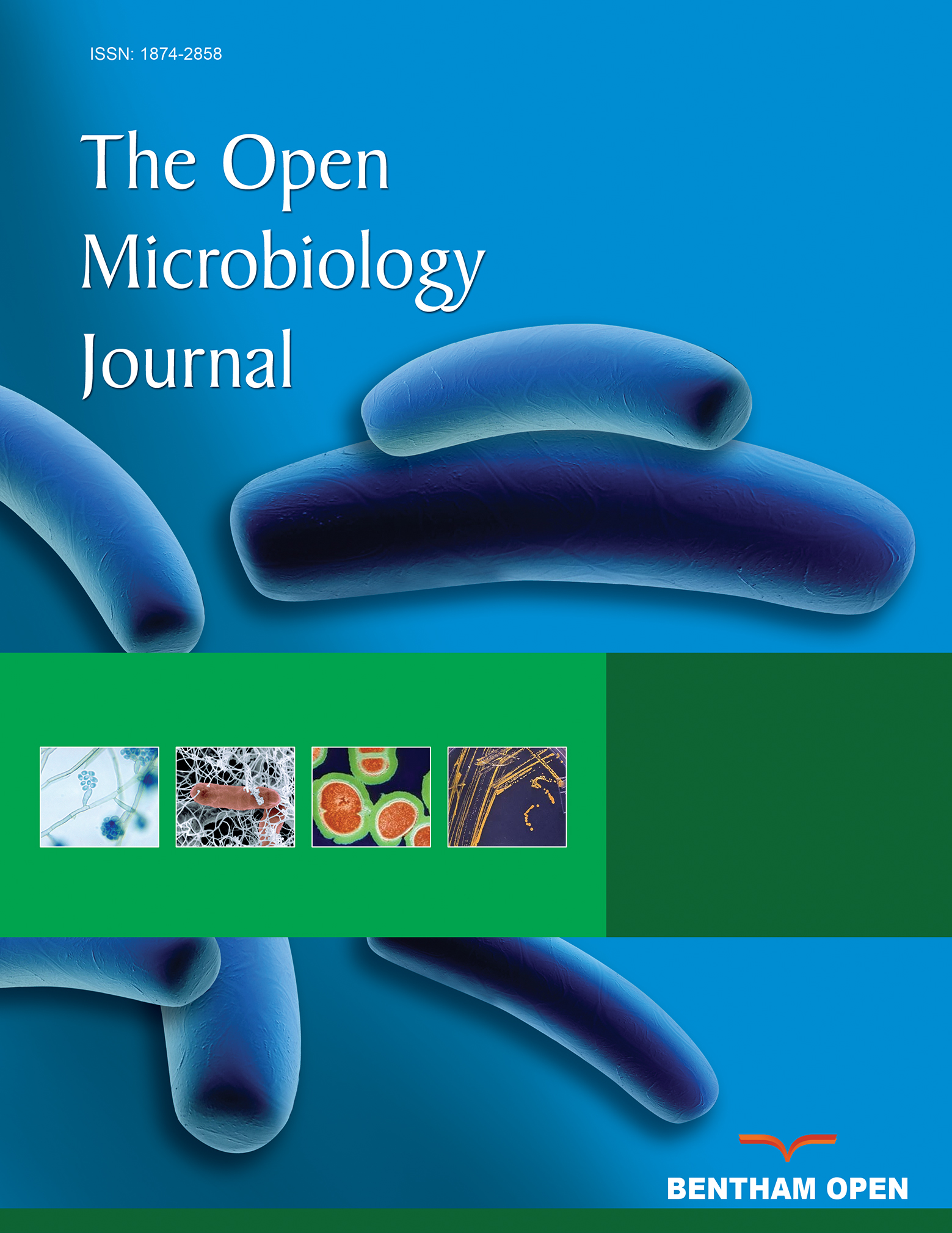All published articles of this journal are available on ScienceDirect.
Molecular Study of Klebsiella Oxytoca Associated with Urinary Tract Infection in Children
Abstract
Background:
There are scarce reports about the association of Klebsiella oxytoca (K. oxytoca) with urinary tract infection (UTI) in children. We aimed to evaluate the prevalence of fimA, mrkA, matB and pilQ adhesins genes and extended-spectrum beta-lactamase (ESBL) genes blaCTX-M, blaTEM and blaSHV by polymerase chain reaction (PCR) and to study biofilm formation and antibiotics resistance in K. oxytoca from children with UTI.
Methods:
This study was a retrospective cross-sectional study that included 120 children with UTI due to K. oxytoca. The bacteria were subjected to molecular detection of fimA, mrkA, matB and pilQ adhesins genes and ESBL genes blaCTX-M, blaTEM and blaSHV by PCR. Biofilm capacity was determined by the microtiter plate method.
Results:
The isolated K. oxytoca had positive ESBL activity in 45.8% of isolates. About 40% of isolates were biofilm producers. The frequency of adhesion genes among K. oxytoca was 91.7%, 83.3%, 48.3% and 37.5% for matB, pilQ, fimA and mrkA genes, respectively. For ESBL genes, the frequency was 38.3%, 36.7% and 33.3% for blaCTX-M, blaSHV and blaTEM genes, respectively. The commonest genes among ESBL isolates were blaCTX-M (83.6%), blaSHV (80%) then blaTEM gene (72.7%). A significant association (p=0.048) was detected between ESBL activity and biofilm formation by K. oxytoca.
Conclusion:
Present study highlights the emergence of K. oxytoca as a pathogen associated with UTI in children. There was a high prevalence of adhesin genes and ESBL genes among these isolates. The capacity of K. oxytoca to form biofilm was associated with ESBL production.


